MYP Mandates ‘Personal Project’ For Sophomores
Students will be asked to complete an open-ended “senior project for sophomores” during advisory periods
International Baccalaureate Organization
The Middle Years Program logo. This year, 37 students are participating in a pilot for the Personal Project. Next year, all sophomores will be asked to participate.
All sophomores next year — and in years beyond — will be asked to complete an MYP Personal Project in compliance with the IB Program.
The IB Middle Years Program runs from fifth to 10th grade, and it is the second of the IB curriculum’s three phases. The Primary Years Program runs from first to fourth grade, and the Diploma Program serves juniors and seniors. Shaker’s PYP and Diploma programs are IB-approved, but its Middle Years Program is not.
Securing MYP approval is one of Superintendent Gregory C. Hutchings’ major goals. Hutchings once said he wrote “the only actual dissertation in the country on teacher efficacy in IB MYP in an urban school district.” Its supporters hope MYP approval will alleviate some of the middle school’s problems.
Participation in the Personal Project is mandatory for Shaker to become MYP-approved.
“Essentially, [the project is] self-driven,” Shaker MYP Coordinator John Moore said. “It’s whatever the young person is interested in, whatever makes them get up in the morning, that thing that, after all the work is done, the thing that they do for the pure love of it.”
Moore called it “senior project for sophomores.” The project will not count for a grade in any class.
Moore said there will be no consequences if sophomores fail to complete the project. “If we are doing it right . . . This project comes from the inside. It’s about intrinsic motivation,” Moore said. “There are no disincentives. There are no punishments . . . It’s a purely positive-based experience where the intrinsic motivators should outweigh the extrinsic motivators.”
This year, 37 sophomores are participating in a pilot version of the project.
“We walked into advisory on the first day of school and were told that we have to do a personal project throughout the course of the year,” sophomore Kylie Boyle wrote in a Facebook interview. “The students were selected based on advisory group, and there was no choice to accept or decline.”
“I really just wanted to be in an advisory where we just sit there the whole time and they talk to us about goals and I didn’t have to do anything,” sophomore Anna Seballos said. “I just happened to be the guinea pig.”
Approximately 90 sophomores take Advanced Placement U.S. History, which requires students to complete a National History Day project. Seballos is one of them. “It’s really annoying to me because I take two APs, I do a sport and dance outside of school,” Seballos said. “To me, pursuing the activities I already do is my Personal Project.”
A PowerPoint presentation shown to pilot students includes a slide titled, “FAQ 2: Can I fail it?” Beneath, it reads, “No – your supervisor will help to ensure that you do not fail . . . Your assessment scores reflect where you are currently in your ability to set-goals, critically think, stick to a project, and succeed!”
Moore said he understands “not everybody will have a finalized project at the exposition in the spring” due to “extenuating circumstances.”
“Your product may or may not exist at the end of the day,” Moore said. “But when you reflect upon the process, it is our belief — and it is the MYP’s belief — that that is as valid and as important as the final project. And, in that way, it is my argument that you cannot fail.”
Moore said ninth graders will begin learning about the Personal Project in their advisories later this year.
The project comprises three parts: a product, a journal and a reflection. The product is final and tangible. Moore described one student who has VIP tickets to a concert. The student hopes to interview the musician and write an article.
Students will also keep journals throughout the year, jotting down ideas and reflecting on their projects. Students could write ideas in a notebook, or, said Moore, “it could be a text to yourself, an email to yourself,” or “even your Facebook feed.” Moore said just about any written record of a student’s evolution over the year will work.
At the end, students will write reflections on their projects. The reflection is designed to be 1,000 words, but Moore said students will write fewer than that next year, and, in future years, they’ll work their way up to that word count.
In addition, each student will have a project supervisor, who could be a teacher from any of Shaker’s eight school buildings. “As long as they are a Shaker Heights teacher, they are qualified to be a supervisor,” Moore said. Moore hopes that participating teachers will supervise one or two students each.
English Teacher Valerie Doersen is one of seven supervisors for the pilot group. She said only two of her five pilot students have spoken to her about the project so far, despite a Nov. 7 deadline for students to “identify passions” and discuss them with their supervisor.
In the spring, Doersen will assign her students’ projects a grade between 0 and 28. Asked if students could fail, she said, “There is a way to be unsatisfactory on the rubric . . . [But] even if the end result of the project is an utter disaster, they could still do OK on the project because it’s about what they learned from that disaster and how they adapted to that disaster.”
Students who do complete all three parts of the project will likely receive some reward. Moore said two possibilities are food or a movie day in the Small Auditorium. Moore also said that students could possibly receive a quarter or half-credit on their report cards. Colleges could see the credit, and the high school would communicate what it is.
Next October, for the first time, Shaker will apply for MYP approval. Among the many examples of compliance the district will submit, Moore will report how many students completed a Personal Project. In spring 2015, IB will respond saying whether or not Shaker received approval.
Moore said that the number of students completing a project isn’t all-important. The more important thing is to show IB “that we are on a pathway to making the Personal Project happen.”
Moore said, “Whatever number we report, the only thing the MYP is going to say is, ‘What are you going to do to get that higher? How are you going to tweak this to make sure all kids are excited about this, and engaged in this and doing some sort of life-changing experience?’”
Moore does not expect all students to complete the project next year. “When we hit that 50 percent mark, if we hit that in our first year, I would be doing backflips, honestly. We are building this as we go. I think that would be a really good target for us.”
In the future, Moore said teachers from fifth through ninth grade will discuss the Personal Project with students. Moore said students will understand that “it’s positive from the get-go. This is a really cool time for you to experience what you love, so start thinking about it now.”
For now, though, some pilot students aren’t reacting too positively. “Of the kids I’ve talked to . . . we were all frustrated that this extra program was forced on us while someone else’s advisory group just sits there the whole time,” Seballos said. “As a stressed student, I would like to be able study APUSH during this useless advisory period.”
Seballos said, “I have so many more things I need to get done before this, and, if this isn’t for a grade, I don’t really care if I don’t get a party. It’s not that important to me.”
Download and view Shaker’s full Personal Project Guide and PowerPoint below.


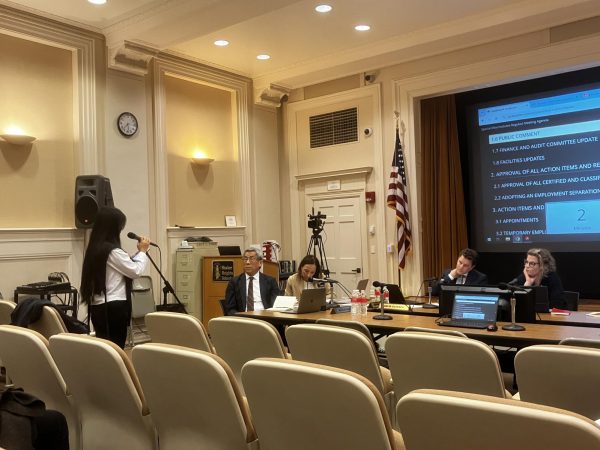
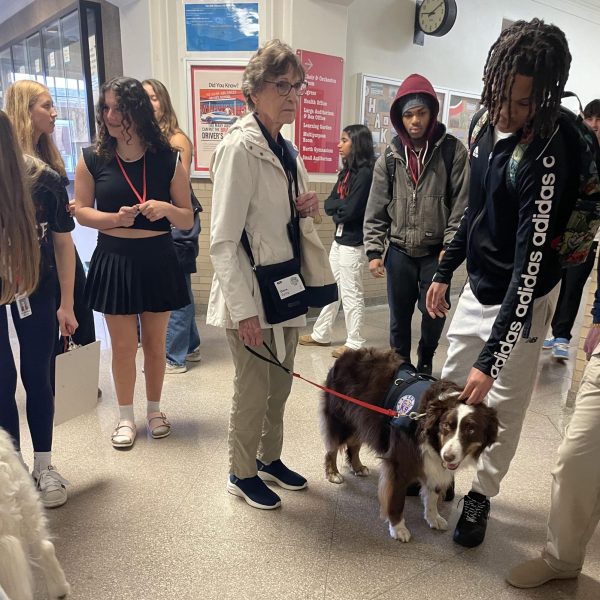
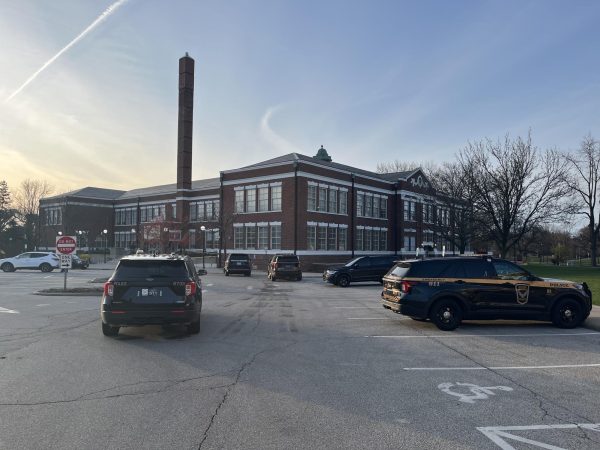
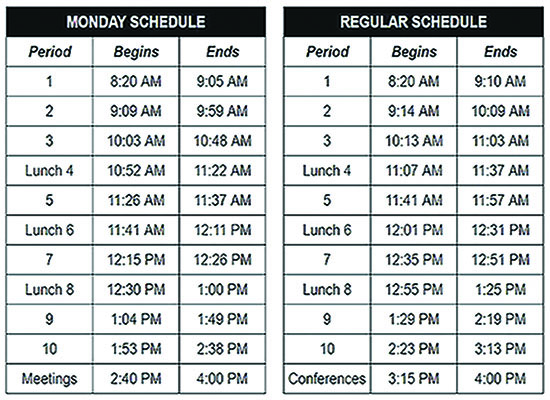
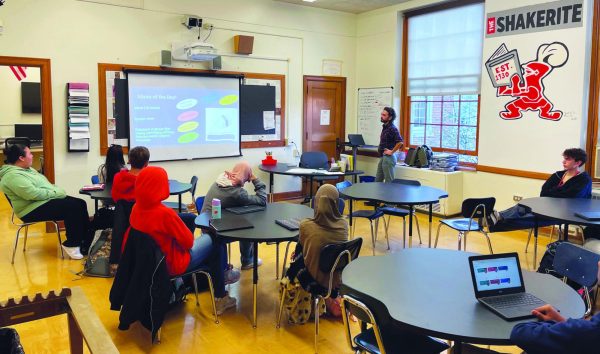
Sameer Apte | Nov 20, 2013 at 10:32 pm
This is complete rubbish. The MYP cannot have the type of power to transcend, simply through advisory period, the schedules of students who are already fully booked for this year. The APUSH students who have NHD, those in Science Olympiad, those doing research projects for English–these are time-consuming things, and a project solely for the purpose of a program that Shaker has only recently adopted is not fair for those kids. I understand the random selection for the purposes of selecting students from all backgrounds, but in all honesty, Shaker must consider the lives of these students outside the International Baccalaureate Program-Diploma OR Middle Years–and make a decision whether to choose AP or IB. And the vote should come from the students.
Ezra Zigmond | Nov 20, 2013 at 7:20 pm
This is the most ill-conceived policy since late start Tuesdays. Does the administration honestly believe that “intrinsic motivation” works for sixteen-year-old students? Whoever designed this project clearly neither understands the mindset of students, nor respects the amount of work that sophomores already have to deal with. When the project is defined so vaguely and is effectively optional, I wonder why anyone would take it seriously. The IB Programme almost begs students to mock it. I am sincerely sorry for the current sophomores whom the school is abusing as test subjects.